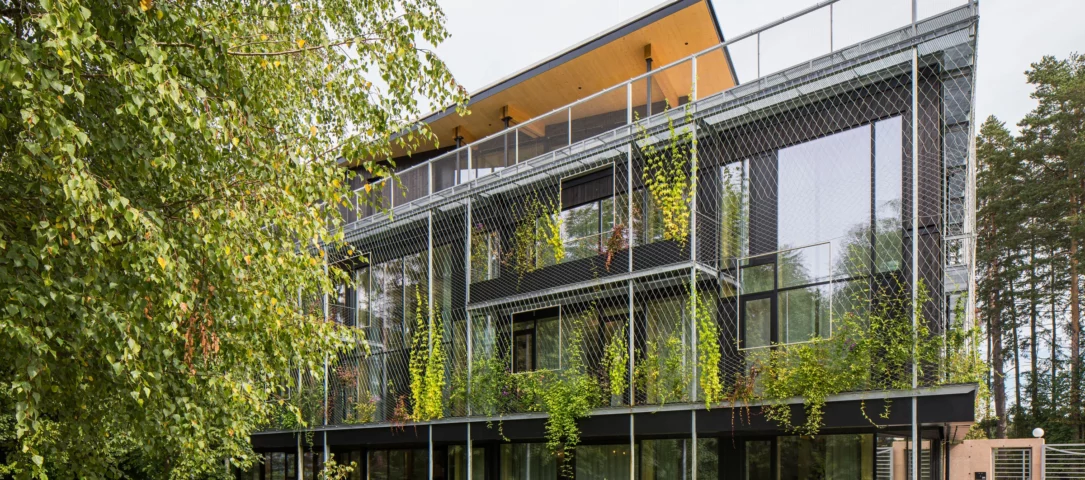
Biophilic Design: More Than Just a Trend
Biophilic design isn’t just about making spaces look good—it's about creating environments that support well-being. Research has shown that nature-inspired elements in workplaces boost productivity, lower stress, and improve creativity. In healthcare, biophilic spaces contribute to faster patient recovery. So if the benefits are so clear, why isn’t every building designed this way?
Cost, maintenance, and practicality remain the biggest hurdles. Many biophilic designs focus on extravagant green walls and water features, which can be expensive and require constant upkeep. The challenge now is making biophilic design scalable—bringing nature-inspired environments to more people without breaking the bank.
True biophilic design isn’t about luxury—it's about accessibility. The future lies in solutions that balance aesthetics, function, and sustainability.
Overcoming the Barriers: Nature, Real or Simulated?
At its core, biophilic design taps into our natural instincts—our innate attraction to elements that signal life, shelter, and well-being. This raises an important question: do we need real nature, or can simulated nature provide the same benefits?
Studies suggest that simulated nature—such as nature-inspired artwork, artificial plants, and wood alternatives—can trigger the same calming effects as real natural elements. Even something as simple as a wall mural of a forest or textured wooden panels can lower stress and improve mood. Think about the last time you sat in a waiting room with soft lighting, nature-themed art, or calming sounds—those small details aren’t just for decoration; they’re designed to put you at ease.
Biophilic design isn’t just about living plants. It’s about creating spaces that feel natural and restorative, using both real and simulated elements.
Real wood and natural greenery are great but come with downsides. They require regular maintenance, can be costly, and sometimes even contribute to deforestation. A more scalable approach involves sustainable wood alternatives—materials made from upcycled resources that look and feel like natural wood but are more durable and eco-friendly.
A Holistic Approach: Three Keys to Scalable Biophilic Design
To make biophilic design more accessible, it needs to be:
- Restorative: Do the materials promote well-being? Can they create a sense of calm and comfort in various environments?
- Sustainable: Are they environmentally responsible, using renewable resources and minimizing waste?
- Practical: Are they durable and low-maintenance? Can they withstand high-traffic areas or outdoor conditions?
These three elements help biophilic design move beyond luxury projects and into everyday spaces like offices, hospitals, and commercial buildings.
Making Biophilia Work for the Future
For biophilic design to reach its full potential, designers and decision-makers must rethink how they integrate nature into their projects. By embracing simulated nature and sustainable materials, it’s possible to create restorative environments without the costs and upkeep of traditional biophilic installations.
The future of biophilic design isn’t about choosing between real and simulated nature—it's about using the right combination to maximize impact.
By making biophilic spaces more affordable, practical, and sustainable, we can ensure that more people benefit from nature-inspired design—whether they’re in a high-rise office, a hospital room, or a residential building.

